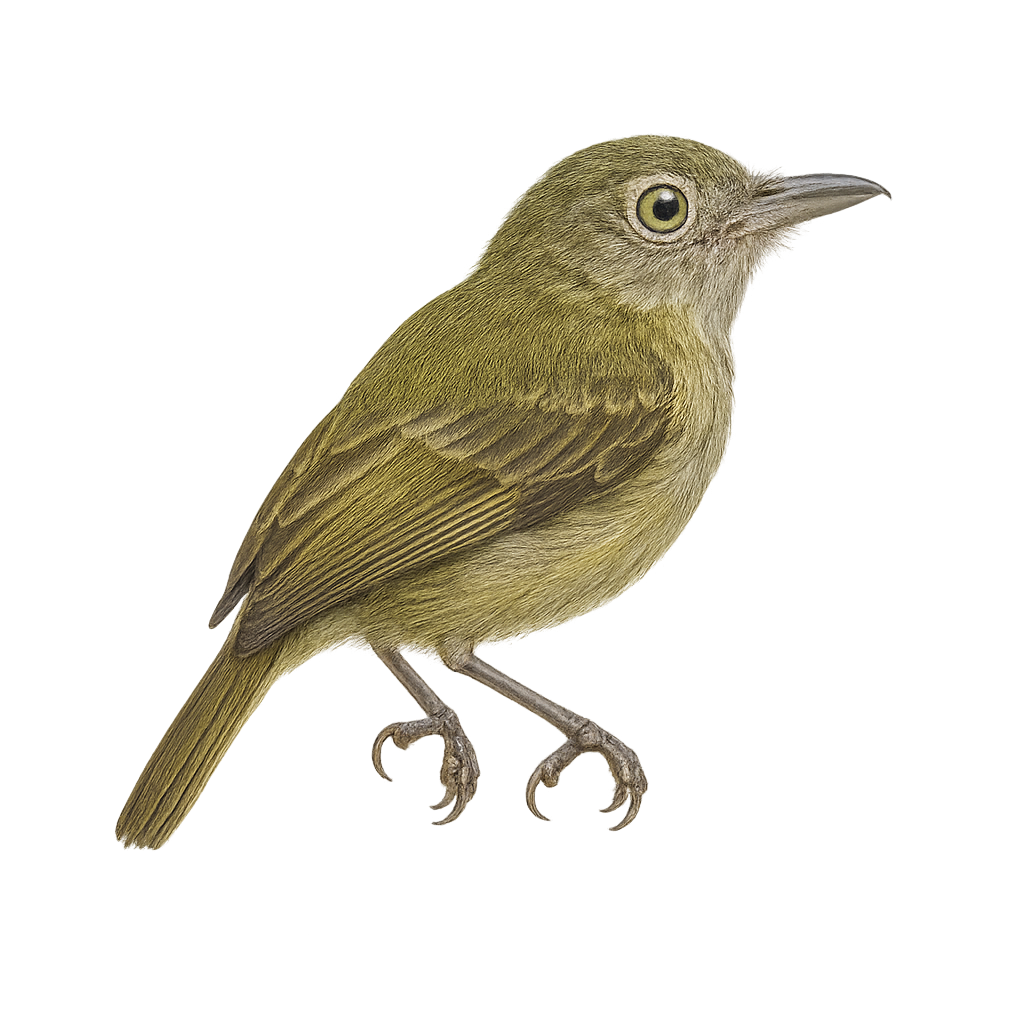Your wildlife photography guide.
Explore the stub-tailed spadebill in detail, study its behavior, prepare your shots.
Where to observe and photograph the stub-tailed spadebill in the wild
Learn where and when to spot the stub-tailed spadebill in the wild, how to identify the species based on distinctive features, and what natural environments it inhabits. The WildlifePhotographer app offers tailored photography tips that reflect the stub-tailed spadebill’s behavior, helping you capture better wildlife images. Explore the full species profile for key information including description, habitat, active periods, and approach techniques.
Stub-tailed Spadebill
Scientific name: Oncostoma cinereigulare

IUCN Status: Least Concern
Family: TYRANNIDAE
Group: Birds
Sensitivity to human approach: Suspicious
Minimum approach distance: 10 m
Courtship display: April to May
Incubation: 15-17 jours
Hatchings: April to June
Habitat:
Tropical forests, subtropical forests, wooded areas
Activity period :
Primarily active during the day, with peak activity in the morning and late afternoon.
Identification and description:
The Stub-tailed Spadebill is a small passerine bird belonging to the Tyrannidae family. It is primarily found in the tropical and subtropical forests of Central America, notably in Mexico, Guatemala, and Honduras. This bird is characterized by its ash-colored throat, short bill, and relatively short tail. It feeds mainly on insects, which it catches in flight or on leaves. Its song is discreet, often difficult to detect in dense vegetation. Although its habitat is threatened by deforestation, it remains relatively common in some areas. The Stub-tailed Spadebill is a fascinating bird for amateur and professional ornithologists alike.
Recommended lens:
400 mm – adjust based on distance, desired framing (portrait or habitat), and approach conditions.
Photography tips:
To photograph the Stub-tailed Spadebill, it is advisable to use a telephoto lens of at least 400mm to capture detailed images without disturbing the bird. Be patient and discreet, as this bird is suspicious and can easily fly away if disturbed. Look for it in tropical and subtropical forests, paying attention to its discreet song. The best times to observe it are early in the morning or late in the afternoon when insect activity is at its peak.
From knowledge to field practice
A species profile helps you understand an animal. In the field, the challenge is often different. Remembering your own observations.
The WildlifePhotographer app allows you to:
• record your personal observations
• note locations, dates, and behaviors
• revisit your field references over time
• build a private and long-term field logbook
The app does not provide observation locations.
It helps you organize what you actually observe, with respect for wildlife.

